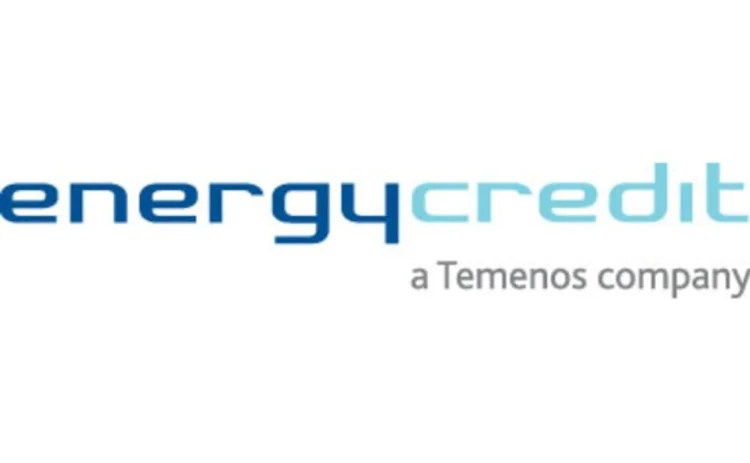
Corporate statement: energycredit

The energy markets are pushing ahead with new reforms and regulations, mainly as a result of the on-going financial crisis that began in 2008 and the Lehman Brothers event. There was uncertainty surrounding the true valuations and size of exposure resulting from the Lehman over-the-counter (OTC) trades, indicating that there was not enough transparency – a word now used more and more often.
The new wave of reforms includes The Dodd–Frank Wall Street Reform and Consumer Protection Act (Dodd Frank), the Market Abuse Directive, Regulation on Energy Market Integrity & Transparency, the Markets in Financial Instruments Directives (MiFID I and II) and the European Market Infrastructure Regulation (EMIR). These are designed to increase transparency and stop excessive speculative trading and potential market manipulation through the use of insider information.
In the US, Dodd Frank provides additional regulation of OTC swaps and requires, in many cases, that these derivatives be cleared through exchanges or multi-lateral trading facilities. Europe, however, has opted for organised trading facilities in order to protect liquidity.
The main argument for clearing through central counterparties (CCPs) is to standardise payment collection and reduce systemic risk. Greater price transparency will come through data collection and publication. Organisations trading in OTC markets will be forced to post initial and variation margins in the same way that futures are traded today, rather than through participant negotiation of credit support annexes or posting of collateral through material adverse change events or adequate assurance provisions. Cash will be the preferred instrument of collateral, but non-cash collateral may be posted for non-cleared swaps, such as letters of credit or securities. These types of collateral will carry higher costs due to fees and possible illiquidity. Proposals are suggesting that margin requirements may be based on participants’ risk profiles including balance-sheet strength, assets and parent guarantees.
One of the consequences of being forced to post margin on a daily basis is the demand on liquid reserves. Companies that currently hedge, to lock in profit on production, will be required to post margin on the hedges, thereby tying up capital that traditionally would have been used elsewhere.
European initiatives under EMIR describe how standardised OTC transactions will be cleared through CCPs and trade repositories, with the ultimate goal of reducing counterparty and operational risk. EMIR is expected to come into force at the end of 2012, and it is highly likely that transactions currently traded OTC will be eligible for clearing. This means that energy companies will be exempt from these rules unless they participate in OTC markets or take on important positions in the OTC market. All energy trading firms that are not exempt will face huge challenges and changes in the way that they have to margin and report risk to the regulators.
MiFID and its regulatory framework suggests all OTC trades are recorded in an independent deposit box and also defines which types of OTC trades are to be subject to such clearing and margining. These are:
• Financial trades settled physically or in cash;
• commodity derivatives that may or must be cash-settled;
• physically settled commodity derivatives traded on a regulated or multi-lateral facility; or
• commodity trades that have the characteristics of other derivative financial instruments.
MiFID I allowed companies to easily meet the criteria for exemption, but recent proposals are designed to tighten or even remove these exemptions. This will impact those companies who were previously exempt. One of the unfortunate outcomes of the new regulations is the cost of complying, and it is highly likely that these costs will be in part passed onto the consumer.
Are firms ready for these changes?
Despite the march to regulatory reform in the energy markets, some energy firms are doing very little to prepare for their implementation. One likely reason is that the reforms are not absolute yet, for example, MiFID II is unlikely to complete before 2013. In addition, there are legal challenges by the International Swaps and Derivatives Association and the Securities Industry and Financial Markets Association. However, some firms have made great strides in preparing and budgeting for the costs that will inevitably come with these reforms.
Helping with the solution
A credit system may be the only place in an organisation where all trades can be found for all counterparties. Having the key data elements available is one challenge, while either building new applications that produce the required outputs or purchasing third-party software solutions is an alternative way forward. energycredit offers a wide range of essential credit tools, including internal scoring models that can be easily tailored to supplement the external rating agencies’ views of counterparty strength and likelihood of default. With sophisticated analytics tools, it is possible to run margin liquidity scenario simulations against rating changes.
With careful design and using flexible reporting tools, it will be possible to produce the reporting required as regulations are adopted. energycredit offers easy-to-use reporting tools that seamlessly link to its user-friendly business reporting database. Coupled with its new OLAP data-mining tool, it offers a fast and cost-effective way of delivering the new regulatory obligations that are being imposed.
View the article in PDF format
Sponsored content
Copyright Infopro Digital Limited. All rights reserved.
As outlined in our terms and conditions, https://www.infopro-digital.com/terms-and-conditions/subscriptions/ (point 2.4), printing is limited to a single copy.
If you would like to purchase additional rights please email info@risk.net
Copyright Infopro Digital Limited. All rights reserved.
You may share this content using our article tools. As outlined in our terms and conditions, https://www.infopro-digital.com/terms-and-conditions/subscriptions/ (clause 2.4), an Authorised User may only make one copy of the materials for their own personal use. You must also comply with the restrictions in clause 2.5.
If you would like to purchase additional rights please email info@risk.net